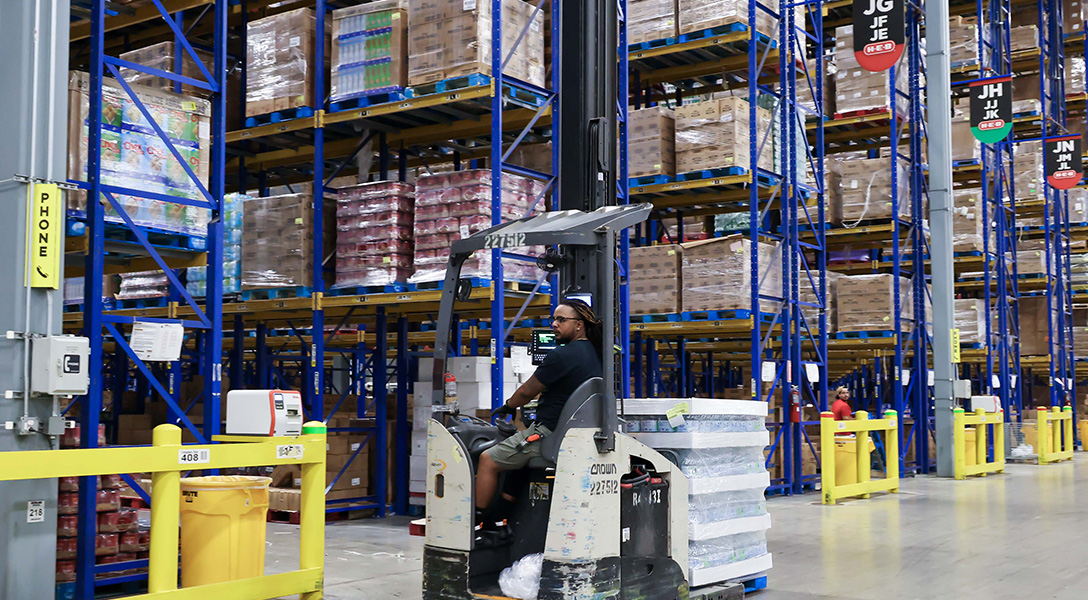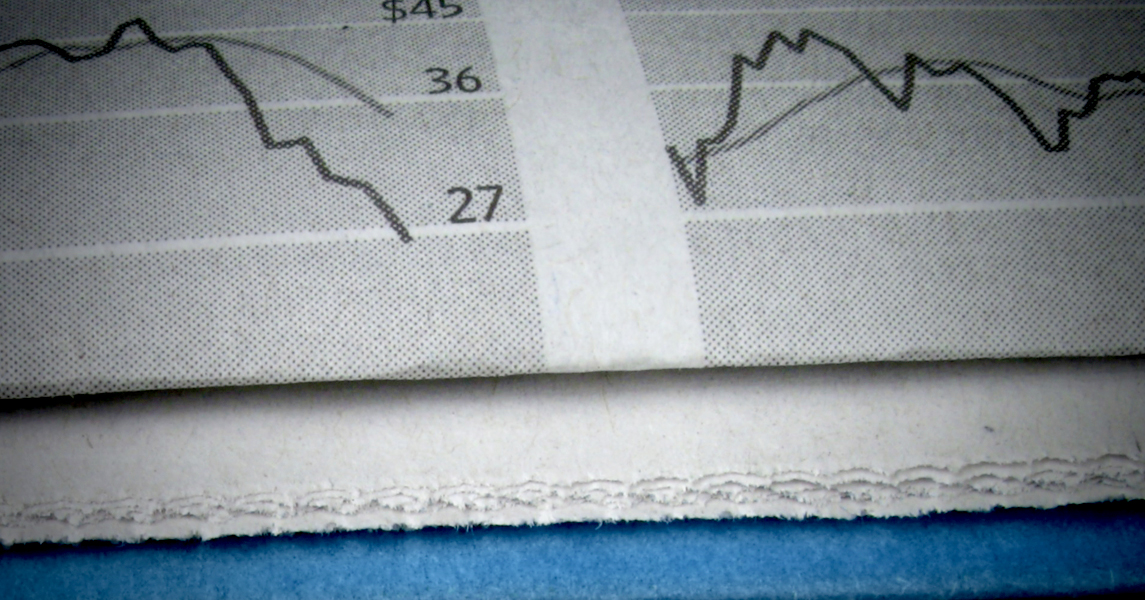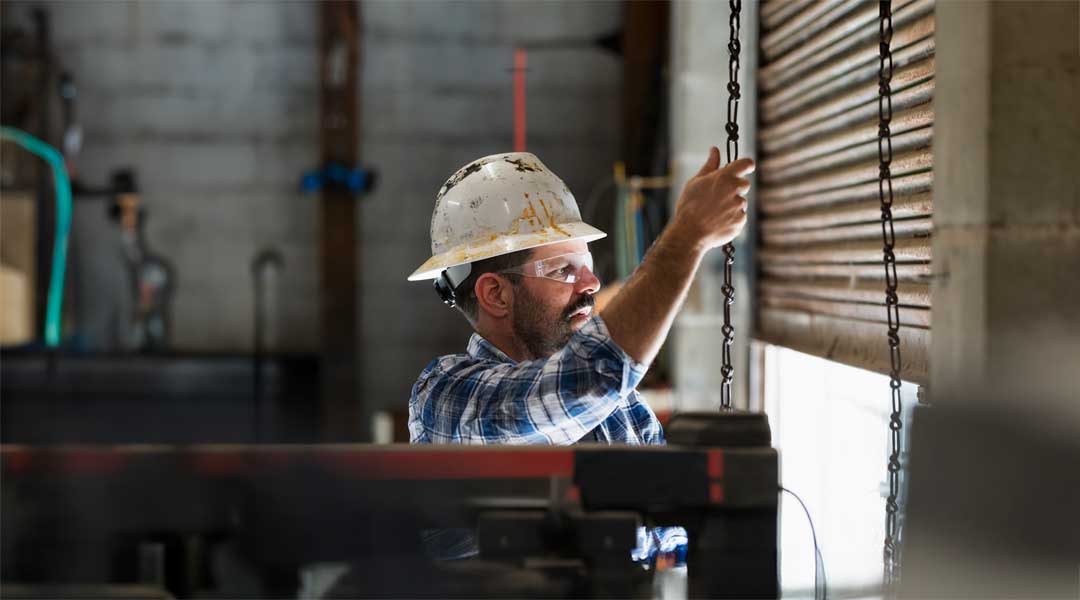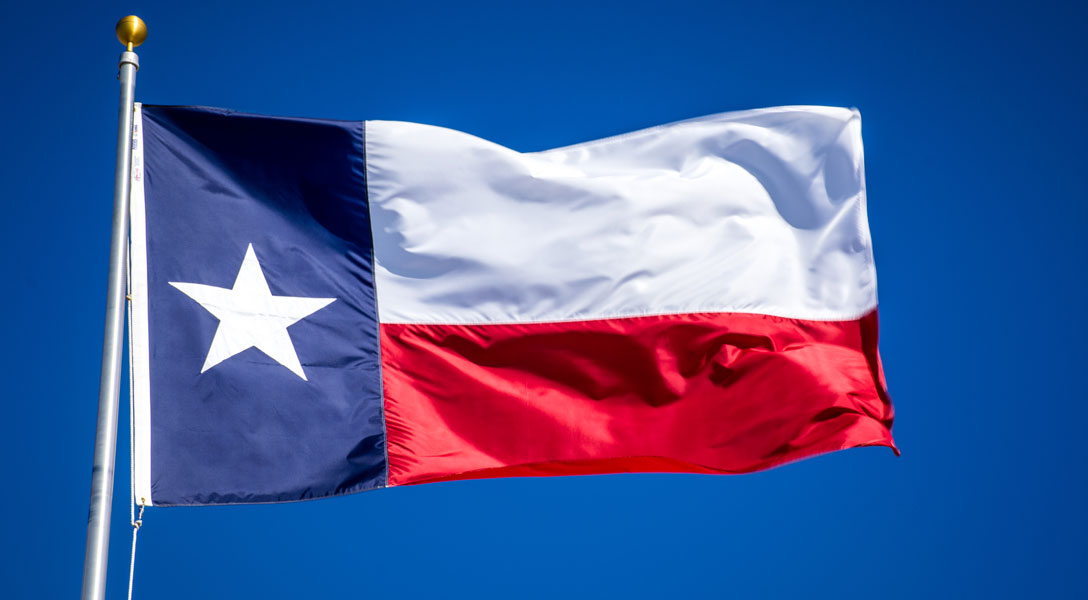
H-E-B seeks path during era of consumer wariness, persistently rising costs
Q. What makes H-E-B different from its competitors?
The grocery industry is a very low-margin industry with real intense competition and some big players. The average grocer only makes one to two pennies on a dollar of sales. That means that the competition is intense. There’s a lot of capital and not a lot of profit.
The average grocery company usually chooses to serve a [particular] customer segment. So, we know where Whole Foods is going to be, and which customers and which neighborhoods they’re going to serve. We know where the Dollar stores are going to be, where Trader Joe’s is going to be.
We’ve chosen to serve a state rather than a segment of customers; we are trying to serve everybody in areas of Texas (and Mexico). In our markets, that means being successful by reaching every different income level and demographic.
We do that by tailoring our stores, trying to have each store be the best store for a neighborhood with the items that the neighborhood will like most. We also believe we should be multiformat, meaning that in Dallas we have Central Market—and now H-E-B—or in Houston we have Mi Tienda and Joe V’s.
Many strategists will say you’re either low price or you’re differentiated. Whole Foods has high service and quality, but they’re also high priced. That’s the trade-off people often think of—cost or quality. The Dollar stores are theoretically lower price—although they’re not that low—and the quality is not quite as good. Many people think that’s the normal trade-off.Q. Two major national grocery chains have announced plans to merge. What’s the impact on a privately held, growing company such as yours?
I'm sure that the risk to many of the smaller companies is that two huge companies [Kroger and Safeway], trying to build on their already huge scale to be even larger, are trying to take advantage of purchasing scale, of headquarters consolidation, benefits and—also importantly in today’s world—leveraging scale to invest in digital technology and building larger digital marketing platforms.
You know they’re already way bigger than us, and that’s only going to put more pressure on companies like H-E-B. That said, we can often find ways to compete locally and have local scale.
In a perishable business, there are also limits to scale. For example, you can’t just have one warehouse in the middle of the country to serve food to every corner. So there are some benefits in a highly perishable business to being local.
Q. The pandemic prompted folks to rediscover home cooking and food preparation. How did you manage the increase in volume?
We were trying to handle the wave of extra sales and volume, while at the same time overcoming massive supply-chain shortages and out-of-stock goods. So we did some things that we would rethink in the future; some I think we would do again.
At the height of the pandemic, in some departments, we significantly reduced the amount of SKUs (stock keeping units) we shipped, and we did a lot more pallet shipments. We were able to push a lot more products, especially perishable produce and meat products and key grocery staples, out to the stores.
We also made some decisions that I regret. We shut some departments down, like floral and bakery, so we could use our shipping bandwidth to rush food and staples. We didn’t think consumers needed flowers or baked goods immediately. Usually when you walk in, floral is right near the door and bakery and deli are close by. When you walked into our stores, seeing those closed departments added to the panic people felt. We hadn’t been through this kind of a pandemic and the fear it created, so I believe that [closing those departments] was a mistake.
Q. How did you maintain a workforce during the pandemic?
We’d already been investing more in pay and benefits before the pandemic. We make all of our employees owners in the company if they’re over 18 and have worked 500 hours in the prior six months. And so, those things really helped.
But we felt the “Great Resignation” and the surge of people leaving the workforce. The part of our business where we most felt the staffing crunch was warehousing. Those jobs require a lot of heavy lifting. Sometimes those jobs can be at night; we found that was where the staffing shortages hit us hardest.
To combat that, we not only increased our pay—which we had been doing anyway—we put in place hiring incentives, signing bonuses and attendance bonuses so that once you got hired, you would show up for your shift.
We also had to be much more aggressive in marketing our jobs. We’ve had a couple of big career fairs. People have a lot of choices, and we hadn’t previously done as much marketing to urge people to apply, to show them how to apply and how to quickly respond.
We had a temporary worker program, especially for people who were displaced from hotels and hospitality and restaurants. We said, “We will just hire you on a temporary basis.” That proved to be a really good program, and many ended up staying on.
Q. Since the pandemic, what has been the impact of rising prices?
This country and certainly our industry have not seen the level of inflation that we’re now seeing since the early ’80s. This isn’t regular inflation; this has been a once-in-a-generation-type inflation.
We have [recently] seen some softening of prices in certain categories—like we all can see at the [gasoline] pump—and declines in cooking oil prices and a few other categories that are commodity based. Cost-of-goods increases are more than we have [previously] experienced, and we work hard to try to manage costs and prices for Texans. Our nexus is the Texan household and Texas families.
This country and certainly our industry have not seen the level of inflation that we’re now seeing since the early ’80s. This isn’t regular inflation; this has been a once-in-a-generation-type inflation.
We have these high inflation levels, but we still see strong consumption in the U.S. economy and Texas economy.
The thing that gives us great concern is that savings rates have plummeted, and credit card use has skyrocketed. People are tapping into their 401(k)s for more emergency loans. People are getting more advances on their pay.
All economic signs are flashing red about what’s coming in 2023—how deep, how long, I don’t know. But we have a real concern about the impact on low-income Texans. I urge all economic folks out there to do what they can to help low-income Texans because that really is one of the main drivers of the Texas economy.
Q. What about product availability and costs?
On product availability, we saw the problems with baby formula. We have recently seen real issues with ramen noodles, which is a major staple. We’ve got a lot of products that are on allocation, where we’re getting only a fraction of what we were hoping to get. In these cases, the vendor is not able to manufacture enough product to meet demand.
On costs, eggs are a great example right now. Our price on eggs was somewhere a little over $1 a year ago. Costs have now gone to over $4 for a dozen large eggs, but we have priced them [to consumers] below $4, which means we are losing millions of dollars a month selling eggs. But we do not feel like we can pass on the skyrocketing egg cost to the average Texas family.
Now our [egg] prices are higher; we are trying to be a shock absorber and buffer. This is an unbelievably important staple for all of us, especially for low-income Texans.
Q. How is consumer price sensitivity changing?
We have a very strong own store brand [private label] program. It has historically been what we would call a national brand equivalent. For example, it is our version of corn flakes but a little bit cheaper.
A decade or two ago, we worked hard to develop more unique and distinctive items as well as national equivalent items. We’ve also got multiple tiers of brands of H-E-B items.
What we have seen during the entire pandemic, and especially the last year with this level of inflation, is a migration from national brands to own brands, and we’ve grown our own brand share faster than we have grown it in any year that I can remember. We also see people trading down from thicker cuts to thinner cuts and to smaller packages.
Q. How is H-E-B preparing for changes in the economy in the coming year?
We are very concerned about what is coming in the next six to 12 months. We expect a recession or some level of a slowdown.
But we are continuing to invest. We believe in the Texas spirit. We believe in the Texas economy. We want to support our fellow Texans. We are continuing to build stores, and we are continuing to invest in new distribution centers and new manufacturing plants.
Articles may be reprinted on the condition that the source is credited to the Federal Reserve Bank of Dallas.
The views expressed are those of the authors and should not be attributed to the Federal Reserve Bank of Dallas or the Federal Reserve System.
Full publication is available online: www.dallasfed.org/research/swe/2022/swe2204.




